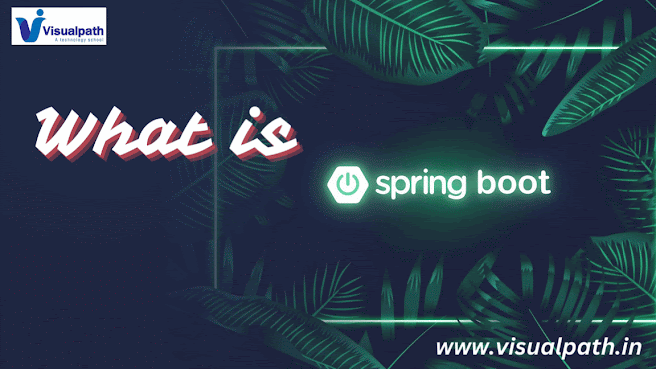What are the main components of Spring Boot?

Introduction: Spring Boot is a powerful framework designed to simplify the development of production-ready applications in the Java ecosystem. It builds upon the Spring Framework but significantly reduces the configuration overhead, enabling developers to create stand-alone, production-grade Spring-based applications with minimal effort. Understanding its main components and how they work together is key to leveraging its full potential. 1. Spring Boot Starter At the heart of Spring Boot's simplicity is the concept of "starters." Starters are a set of convenient dependency descriptors that you can include in your application's build configuration to get a specific set of dependencies. For example, spring-boot-starter-web includes all the dependencies required to build a web application using Spring MVC. Starters abstract away the complexity of configuring multiple dependencies manually, ensuring that you get a cohesive set of libraries that work together seamles...

.jpg)
.png)